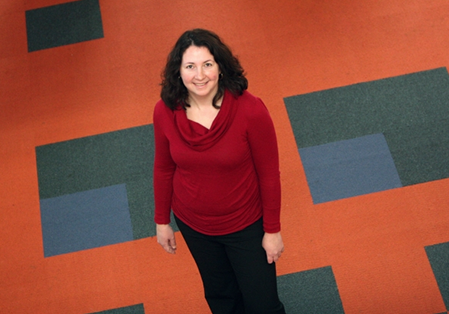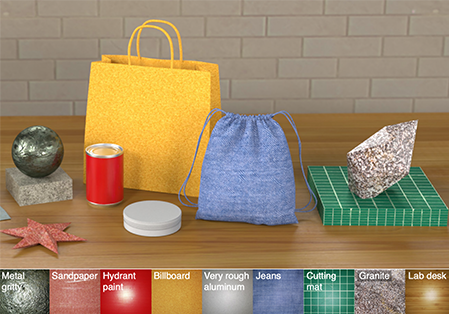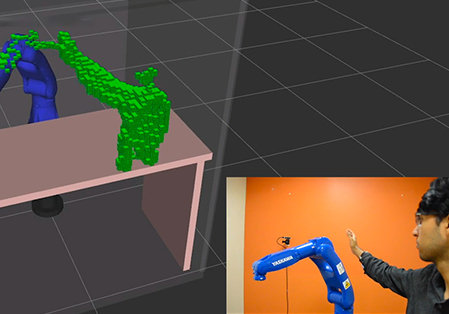MIT professor Polina Golland has been named a fellow of the American Institute for Medical and Biological Engineering (AIMBE) for her outstanding contributions to the development of novel techniques for biomedical image analysis and understanding. Golland is joining a group of the top two percent of medical and biological engineers in the country.
Category
Graphic & Vision
Language
Python
The focus of recent meta-learning research has been on the development of learning algorithms that can quickly adapt to test time tasks with limited data and low computational cost. Few-shot learning is widely used as one of the standard benchmarks in meta-learning. In this work, we show that a simple baseline: learning a supervised or self-supervised representation on the meta-training set, followed by training a linear classifier on top of this representation, outperforms state-of-the-art few-shot learning methods. An additional boost can be achieved through the use of self-distillation.
MIT License
Last Updated









